All about flash units

The photographic technique has long been quite popular among many professions and people, because it allows you to take various kinds of photographs that make it possible to capture certain moments of our life. One of its essential attributes is a photo flash. Let's try to figure out what a camera flash is, how it works and what happens.
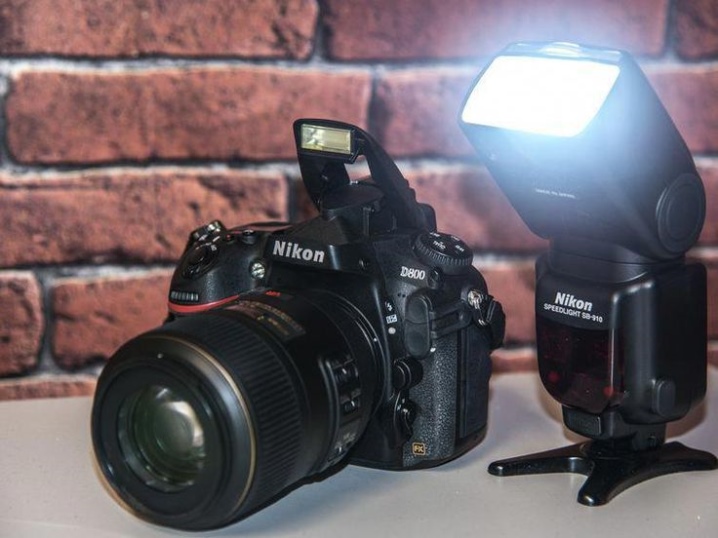
What it is?
If we talk about what a professional flash for cameras is, then this can be called an artificial light source, which is necessary for the formation of high-intensity flashes of very short duration. This device is used in photography in low or low light, as well as shooting fast-moving objects and as a working light in photo studios.
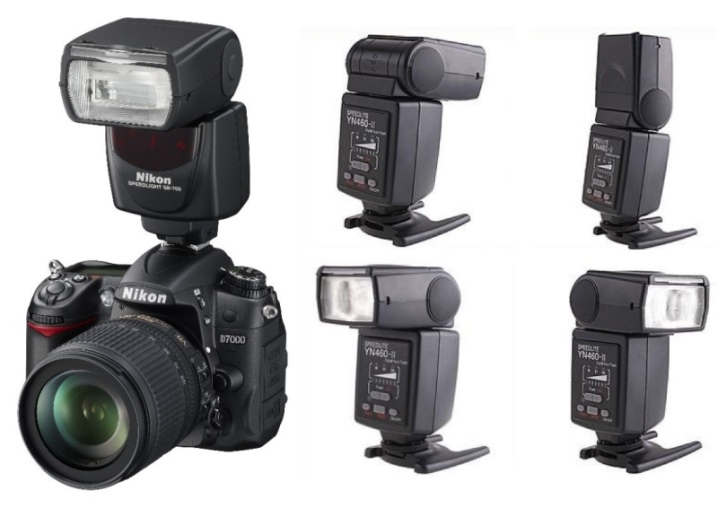
Today, in many cases, they are used electronic flash units.
The advantages of such devices, compared to permanent light sources, will be better energy efficiency due to the possibility of short-term use only when the shutter is open.
Also, the flash makes it possible to get sharp photos of fast-moving objects due to the extremely short glow time.


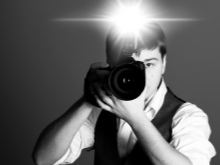
Device and principle of operation
The circuit on which the operation of almost any electronic small flash is based is very simple and consists of the main parts - a device for starting a gas-discharge lamp and a storage capacitor. The transformation of electricity into light is carried out thanks to a pulse-type gas lamp that creates a discharge. Usually it is made as a sealed transparent tube made of glass of an annular, straight or arched shape, which is filled with gas.
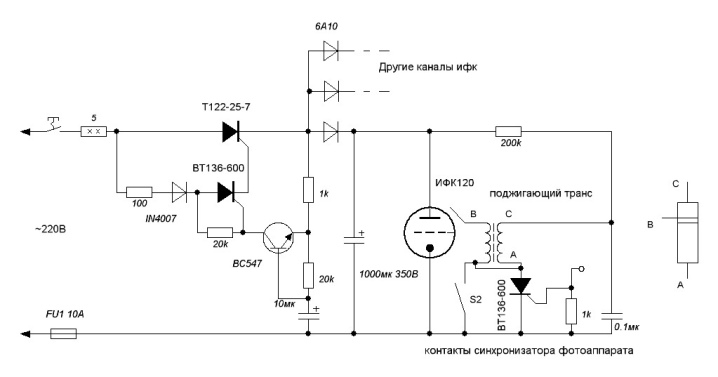
Xenon is most often used for filling. In its end parts there is usually a pair of electrodes, which are made of refractory materials. A high-power voltage source is connected to them - a storage capacitor. It stores energy, which, when discharged, is transformed into light. Another electrode of the pulse lamp is igniting. Usually it is created from wire or in the form of a conductive type of mastic strip.
The starting device is an automatic step-up transformer, in which a starting capacitor is discharged to the primary winding through the sync contact of the device, which does not have a very large capacity. And at the output of the high-voltage type winding connected to the ignition-type electrode of the aforementioned lamp, a high-voltage AC potential is formed in the size of a couple of thousand volts.

And a portable modern model of an electronic photo flash works so that first a storage-type capacitor that was charged to a voltage of up to 400 volts is connected to a lamp with gas.
But such a voltage on the lamp electrodes is not enough for the discharge to take place on its own.
To do this, when the shutter is fully opened, when the synchrocontact is activated, a high-voltage pulse that is supplied to the lamp ignition electrode ionizes the gas inside and causes the accumulation capacitor to start discharging through the flash lamp. The discharge lasts only a couple of moments, but it is accompanied by an intense flash of light, after which the voltage across the capacitor decreases, and the discharge disappears.
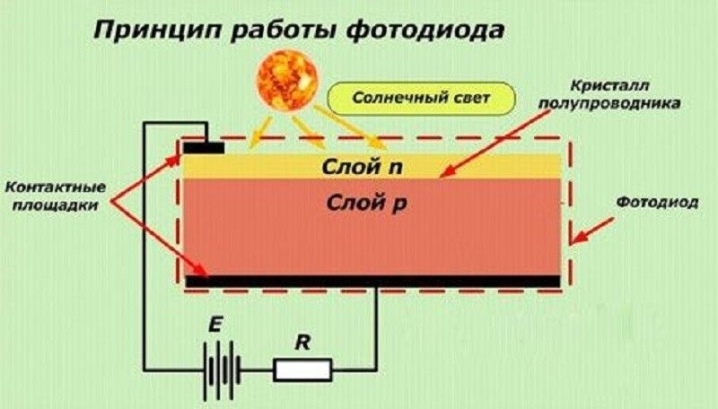
Then the storage capacitor is charged again, and the next time it is pulsed to the ignition electrode, the lamp is ready to flash again. Almost all existing photographic devices have this principle of operation, which are present in both the simple and premium categories.
Species overview
Now let's try to figure out what kind of flash units can be based on various criteria: location, wireless adjustment capabilities, signs of automation, and the ability to work with cameras from different manufacturers.
Based on automation
If we talk about the sign of automation, then outbreaks according to this criterion can be:
- non-automatic, which give a certain amount of light;
- measuring illumination with their own sensor or a device installed in the camera;
- measuring illumination by a preliminary impulse of an evaluative nature.
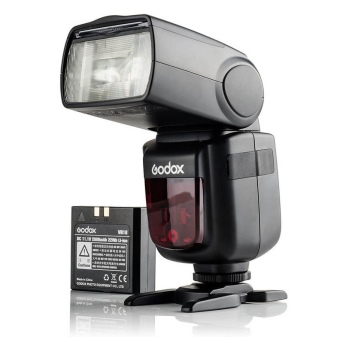

If possible, work with cameras of different brands
According to this criterion, flash models are like this.
- Universal. Their distinguishing feature is the presence of one central contact, which is why they are not very expensive. But before using such a model, you should carefully read the instructions for such a flash before mounting it on the camera. It's just that a number of them are created according to high-voltage switching circuits, such models cannot be mounted on modern cameras, so that the electronics of the device would not be damaged by high voltage. Usually, the power of such flashes can be controlled by a photosensitive element located in the device itself.
- Universal models with a special connector, which can be connected to a device of a certain manufacturer using a special adapter.
- System models, which are suitable only for photographic equipment of a particular manufacturer or company. Such models usually make it possible to use TTL or E-TTL lighting metering and other moments.
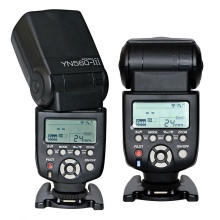
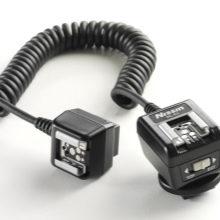
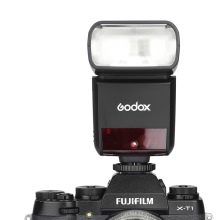
By location
By placement, any flash model can be as follows.
- Built into the camera itself. Such a model will not have great power and, due to its proximity to the objective axis, it produces a flat picture, where there are practically no shadows, and the structure is very poorly highlighted. The main advantage of such a model will be that it is always in the camera and does not increase its weight and dimensions at all. Such a device will be great for shooting on a bright sunny day for highlighting harsh shadows from the sun.
- Fixed on photographic equipment... Usually, this impulse model is more powerful than the built-in one. It allows you to get a flat picture with sharp shadows of a small size. A number of devices have the function of turning the head up or to the side, which allows you to direct the flash not to the object being shot, but to a white ceiling or a reflection screen, so that the lighting is as natural as possible.
- Model that is not attached to photographic equipment... For example, manual. This category of models allows you to flexibly change lighting as the photographer's idea changes. For example, to get soft lighting, aim a separate flash directly at the subject. You can control such devices either wirelessly or using a cable. This makes it possible to control several devices at once.
- Macro flashes. For macro photography, an annular or twin flash mechanism is used, which is mounted on the lens. A macro camera flash is not very effective because the lens will obstruct the flash.

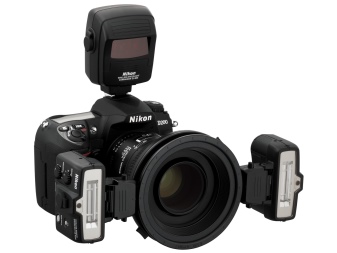
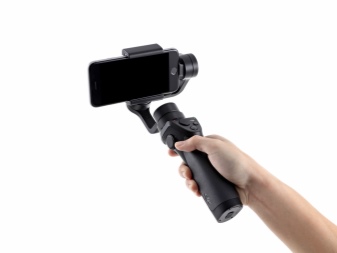
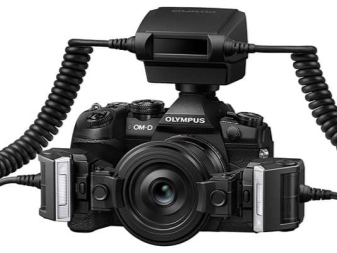
Wireless control if possible
According to such a criterion as the ability to control the flash without wires, they are:
- functioning as a slave and a leader;
- slaves;
- leading.
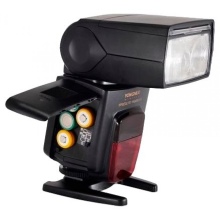
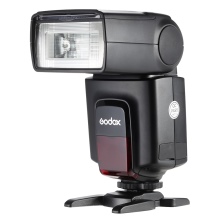
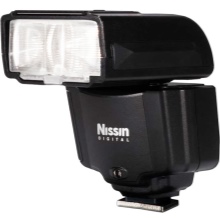
The first group makes it possible to control various kinds of advanced capabilities - pulse power, measure the illumination of a removable object, form groups of flashes.The second group can be triggered only by the impulse of the carrying flash model. Typically these are mid-range outbreaks. Although in manual mode they can be used as masters... The master flash unit is a specialized control model, which gives an impulse of the required type, but does not allow the master model to launch the slave device, or the simplest model, which can trigger an additional flash.
Popular models
As you can see, the spectrum of flashes on the market is extremely large: from the simplest to technically complex devices. Let's say a little about the most popular and demanded flash models. The first model that deserves the attention of users - Canon Speedlite 600EX II-RT.
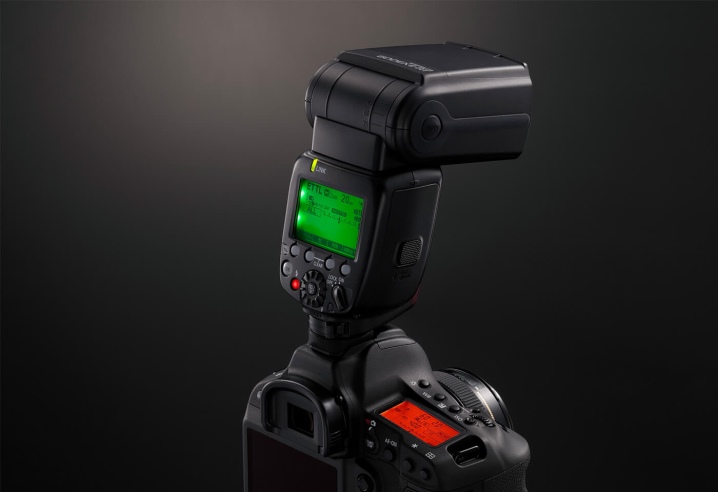
This model is an expensive studio equipment, equipped with a waterproof case and the highest operating speed.
If we talk about its features, then it should be said that this flash is conventional and has a shoe mount... The leading number here is 60 meters, and the reload time is from 3.3 seconds. The model is equipped with a swivel head and has a display that is equipped with a backlight, as well as a wide-angle diffuser.
Another model that deserves attention - Nikon Speedlight SB-5000... It is extremely accurate and fast and is only suitable for Nikon cameras. There is a "shoe" mount here.
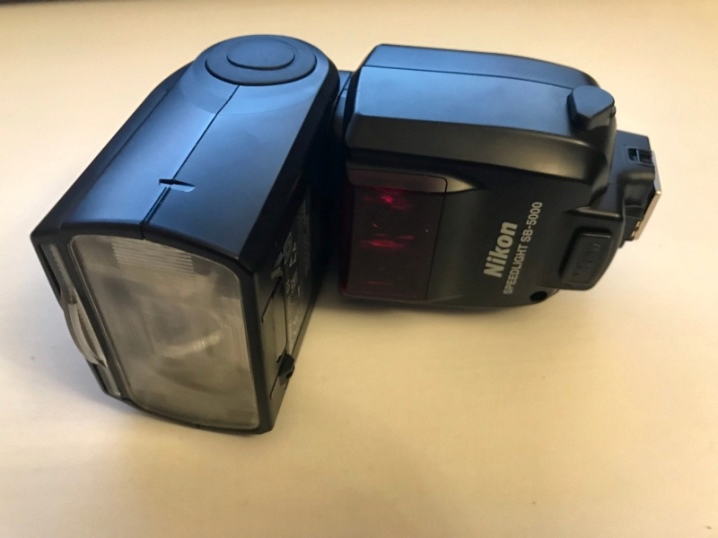
This outbreak is classified as normal.
The leading number in this model is 28 meters. Nikon Speedlight SB-5000 is equipped with a display and a rotary head. There is also an autofocus illumination here.

Another rather interesting model is Sony HVL-F43M. Its peculiarity is that it is one of the most powerful flash units on the market. Its robust housing guarantees its high quality and durability. It is equipped with a shoe mount.
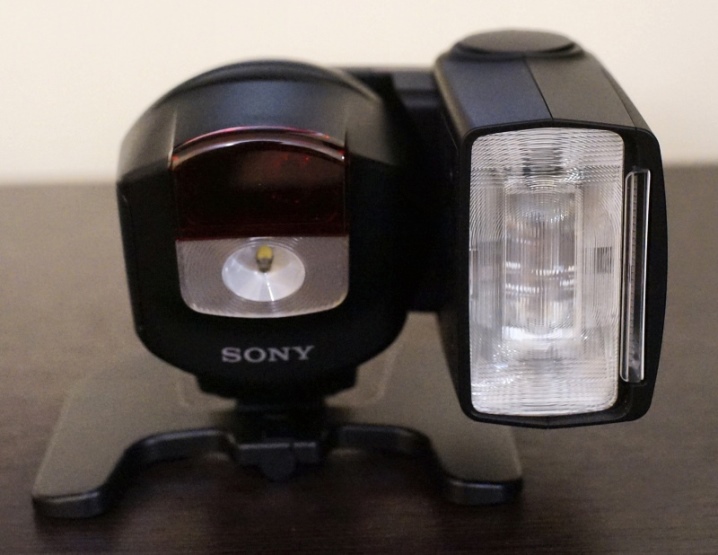
This is a common flash with a guide number of 43 m.
Equipped with a display as well as a swivel head and allows for high quality modeling light. The device will be powered by 4 AA-batteries. They will be quite enough to ensure high-quality and efficient operation of this device.
How to choose?
Now let's give some tips that will allow you to choose the highest quality flash that will meet the necessary requirements and criteria. The first important point to pay attention to is camera compatibility. Here everything will be from the labeling of the device and information and its compatibility, which can be found in the instruction manual.
The next important point is fastening... The vast majority of models are equipped with special shoes, although the heaviest models can be mounted on a post or thread. The third important aspect is flash type... It can be ordinary, two-lamp, circular, LED - everything will depend on where exactly you need to use this device.
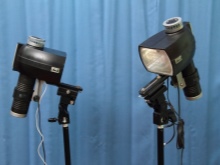
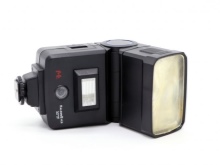
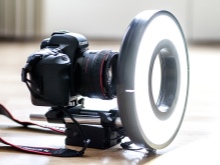
The next important factor is the guide number. This is a conventional indicator that describes the intensity of the light of the flash. For inexpensive models, an indicator of 10-12 is considered normal, and for higher quality ones - up to 20. External models have an indicator of more than 20. Another important aspect is reloading. Its speed will depend on the type of capacitor used, power source, electronic filling and a number of other points.
Except for her speed, the duration is also important, which will depend on the operating mode.
An important characteristic of the flash will be the presence of its own screen, which makes it possible to see all the settings and information about the operating mode.
Naturally, this type of flash will be much easier to handle.
See below for how to use flash units.













The comment was sent successfully.